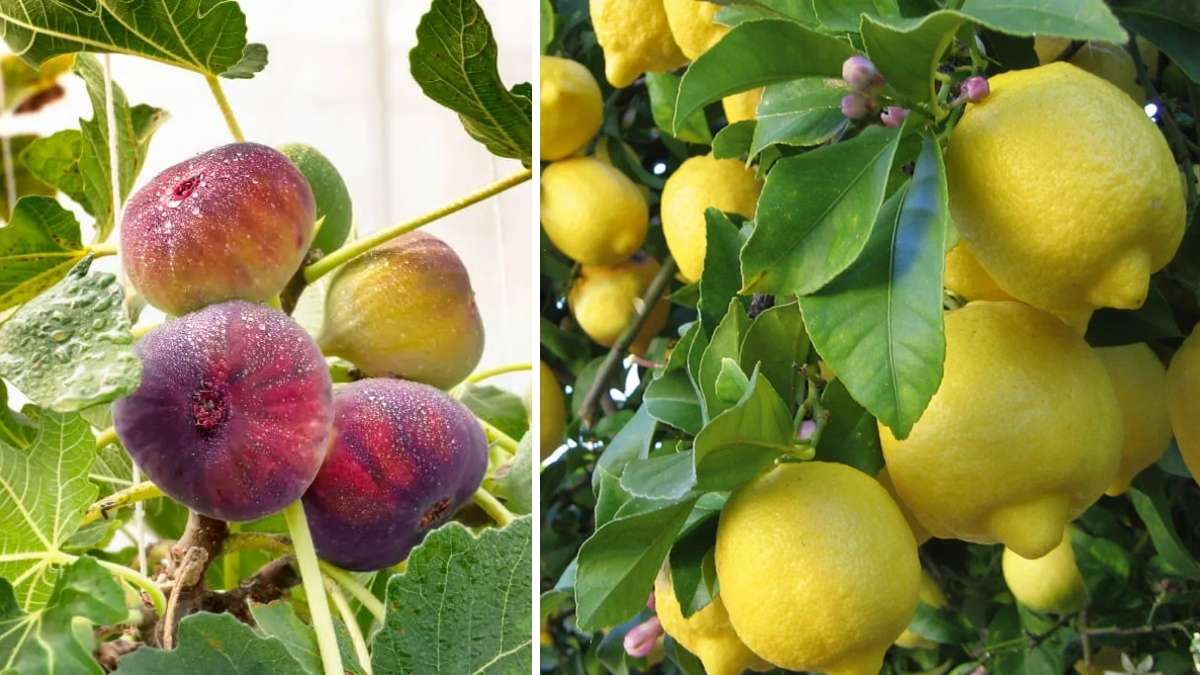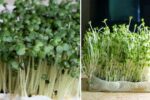There’s something magical about stepping into your garden and picking fresh fruit straight from your own trees. But not everyone has the patience to wait years for their first harvest. The good news? Some fruit trees grow and produce much faster than others. These quick growers are perfect for small gardens, patios, and even sunny balconies where space is limited but enthusiasm is not.
Why Choose Fast-Growing Fruit Trees
Fast-growing fruit trees are ideal for anyone who wants early rewards without compromising on flavor or quality. They grow vigorously, require moderate care, and begin bearing fruit surprisingly soon. Here are a few reasons gardeners love them:
- Early harvests many varieties fruit within one to three years.
- Suitable for compact gardens or containers.
- Easier to maintain than large orchard trees.
- Encouraging for beginners who want visible results fast.
- Great for urban spaces such as balconies and patios.
With the right choice and care, your garden can start producing fresh fruit in just a couple of seasons.
Dwarf Lemon Tree (Citrus limon)
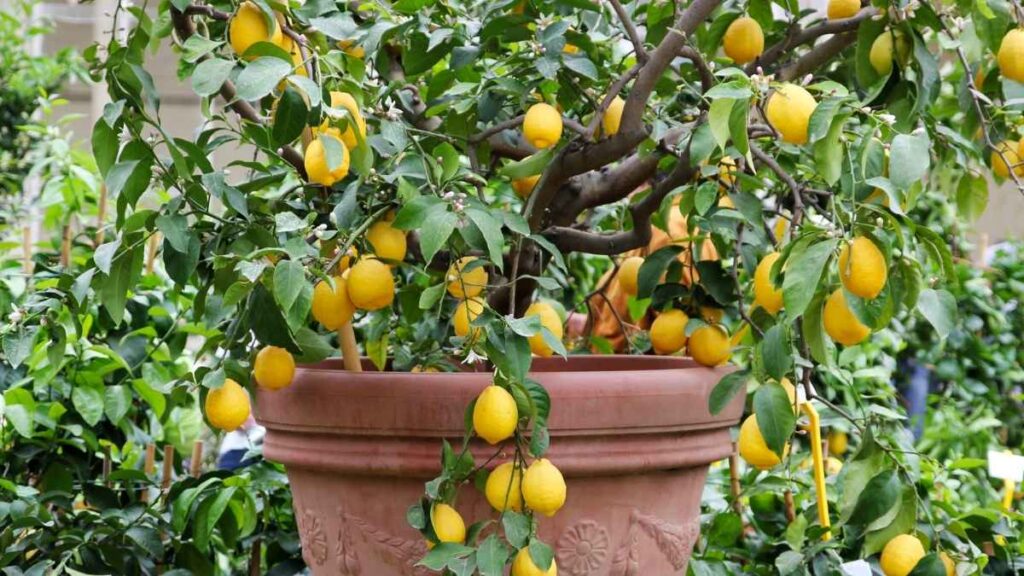
The dwarf lemon tree is a cheerful addition to any garden. Compact, fragrant, and highly productive, it’s one of the fastest ways to enjoy homegrown fruit.
Why it grows fast:
Varieties like the Meyer lemon often start producing fruit within one to two years. Their smaller size allows them to mature quickly and start flowering sooner than full-sized trees.
Care essentials:
- Plant in a pot about 16–24 inches wide with well-draining soil.
- Provide at least 8–10 hours of sunlight daily.
- Water when the top inch of soil feels dry.
- Feed every 6–8 weeks with a citrus fertilizer during active growth.
Harvest tip:
Pick lemons when they turn bright yellow and slightly soft. Prune lightly after harvesting to encourage new branches and continuous fruiting.
Fig Tree (Ficus carica)
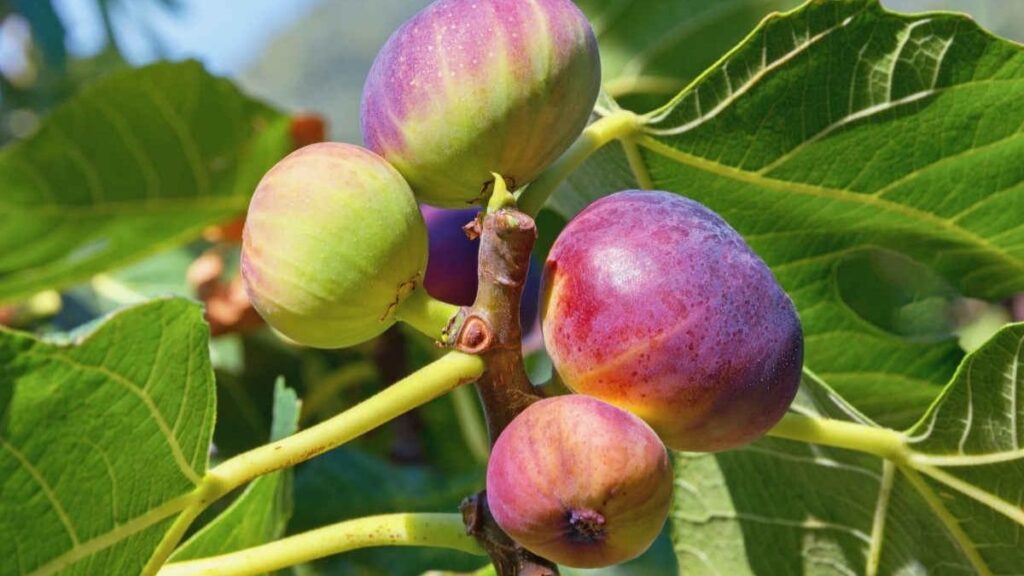
Figs are loved for their soft, sweet fruits and the ease with which they grow. They’re one of the best options for gardeners who want results in a short time.
Why it grows fast:
Compact varieties such as Brown Turkey and Petite Negra can bear fruit in just 1–2 years. Figs thrive in warm, sunny climates and respond well to regular care.
Planting and care:
- Use a container around 18–24 inches wide or plant directly in the ground.
- Give them 6–8 hours of sunlight daily.
- Keep the soil moist but not soggy.
- Feed monthly with a balanced fertilizer during growing months.
Pro tip:
Light pruning promotes lateral branches these are the main spots where figs grow. Once established, your tree can yield multiple harvests a year.
Papaya Tree (Carica papaya)
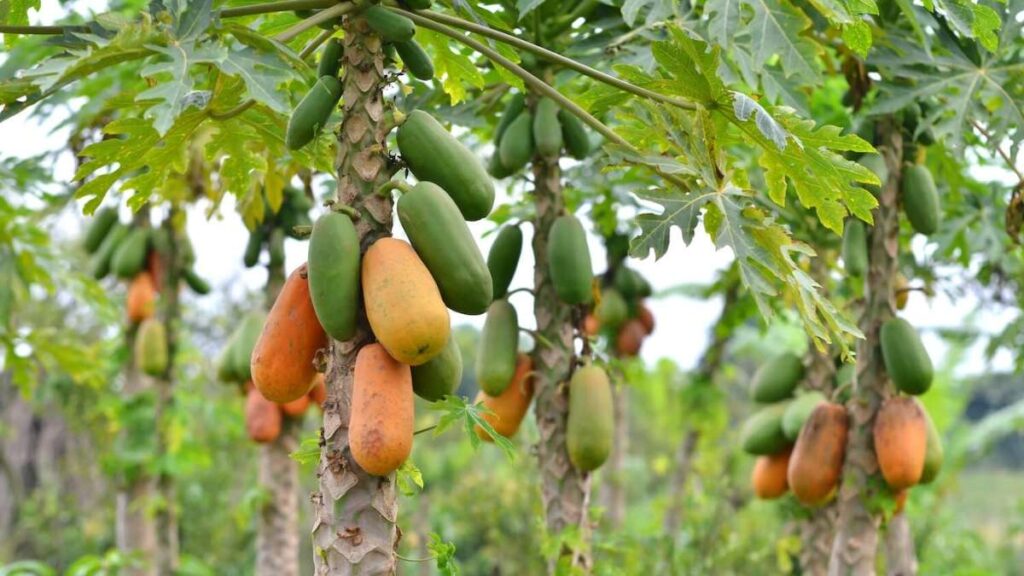
If you’re looking for the fastest fruit possible, the papaya tree is unbeatable. These tropical beauties can start producing fruit in as little as 6–12 months.
Why it grows fast:
Papayas grow rapidly in warm, sunny climates and can fruit several times a year under the right conditions.
Planting and care:
- Choose a sunny spot with at least 6 hours of daily light.
- Use large pots (18–24 inches) or plant directly in rich, well-draining soil.
- Water regularly, but avoid waterlogging.
- Feed every 2–3 months with a potassium-rich fertilizer to promote fruiting.
Harvest note:
Papayas are ready to pick when their skin turns golden yellow and they release a mild, fruity scent.
Peach Tree (Prunus persica)
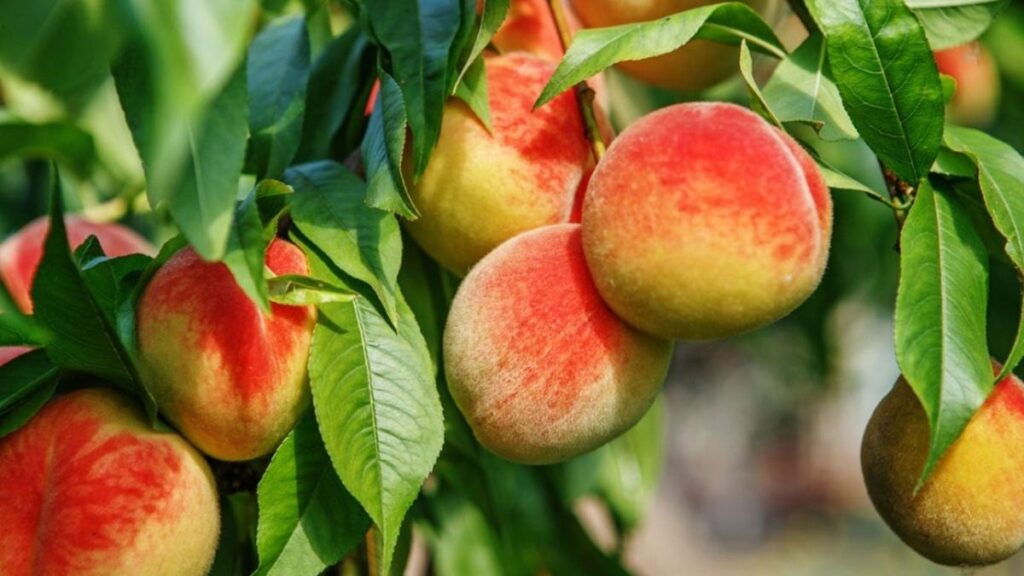
Peach trees bring both charm and sweetness to the garden. Their pink blossoms in spring and juicy fruit in summer make them a delight to grow.
Why it grows fast:
Dwarf and semi-dwarf varieties like Bonanza and El Dorado begin producing fruit in just 2–3 years, making them excellent choices for home gardens.
Planting and care:
- Use a large pot (15–20 gallons) or plant in sunny, well-drained soil.
- Ensure 6–8 hours of sunlight daily.
- Keep the soil evenly moist during the growing season.
- Apply fruit-tree fertilizer in early spring and midsummer.
Pruning advice:
Thin out crowded branches and remove excess fruit to improve air circulation and boost quality.
Dwarf Mulberry Tree (Morus spp.)
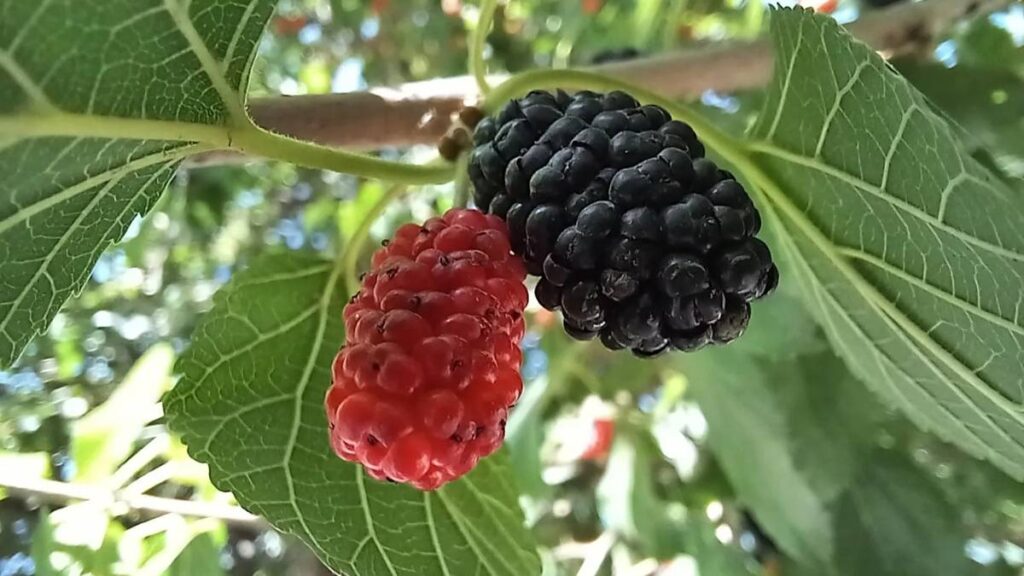
Fast-growing, hardy, and incredibly generous, the dwarf mulberry is a hidden gem for home growers. Its sweet berries appear sooner than you’d expect and continue to fruit throughout the season.
Why it grows fast:
Varieties like Dwarf Everbearing and Issai can produce their first berries within one to two years. They’re adaptable and thrive in both ground and container settings.
Care guidelines:
- Use a pot around 18–24 inches wide with rich, well-drained soil.
- Provide full sunlight for at least 6 hours daily.
- Water consistently during flowering and fruiting.
- Fertilize in spring and midsummer for best yields.
Harvesting tip:
Pick berries when they’re fully colored and soft. Placing a cloth or tarp under the tree during harvest helps catch falling fruit and prevents stains.
General Tips for Growing Fast Fruit Trees
Getting fast results is easy when you give your trees the right start. Keep these essentials in mind:
- Choose dwarf or grafted varieties they bear fruit sooner.
- Ensure at least 6 hours of direct sunlight every day.
- Maintain consistent moisture, but avoid soggy soil.
- Use organic compost or slow-release fertilizer to encourage steady growth.
- Prune annually to maintain shape and promote new fruiting branches.
- Watch for pests and treat early to avoid infestations.
A little care goes a long way. Consistent watering, good drainage, and sunlight are the keys to fast and healthy growth.
The Joy of Growing Your Own Fruit
Fast-growing fruit trees offer both beauty and bounty. In a small space or a full backyard, they bring life, fragrance, and fresh produce to your daily routine.
Whether you’re enjoying the zesty aroma of lemons, the sweetness of figs, the tropical flavor of papayas, the juiciness of peaches, or the tartness of mulberries, each tree tells its own rewarding story.
With patience, sunlight, and love, your garden can transform into a small orchard that gives back season after season reminding you that nature rewards those who nurture it.
